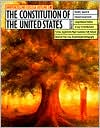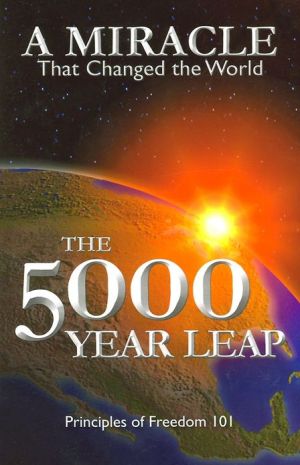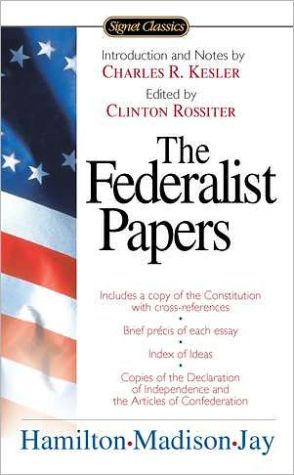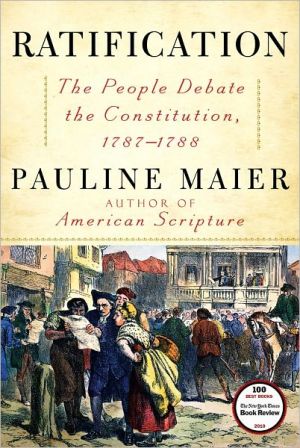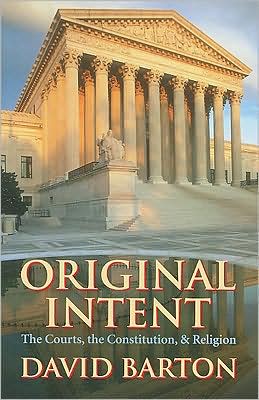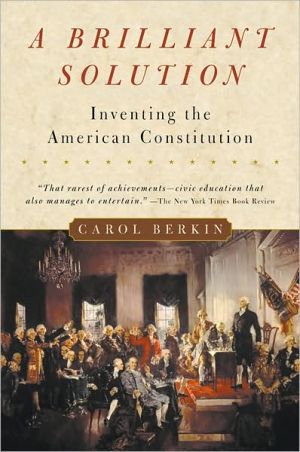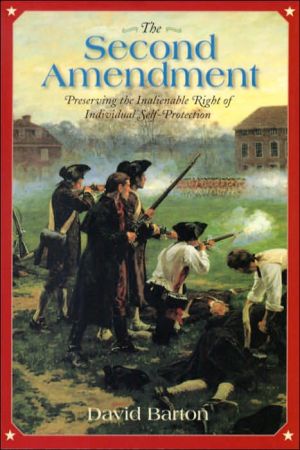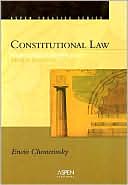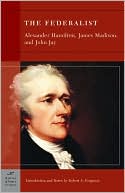Constitution of the United States
Prepared for students by renowned professors and noted experts, here are the most extensive and proven study aids available, covering all the major areas of study in college curriculums. Each guide features: up-to-date scholarship; an easy-to-follow narrative outline form; specially designed and formatted pages; and much more.\ \ \ An up-to-date outline covering all aspects of the United States Constitution, with emphasis on the most recent court decisions and...
Search in google:
Prepared for students by renowned professors and noted experts, here are the most extensive and proven study aids available, covering all the major areas of study in college curriculums. Each guide features: up-to-date scholarship; an easy-to-follow narrative outline form; specially designed and formatted pages; and much more.
Chapter One\ \ \ The Origins of theConstitution\ The Constitution of 1787 was the product of seven centuries of development in England and the United States. The Magna Charta (1215) is as much the heritage of Americans as of the English. So is the common law that limited the authority of the Crown's ministers and governed the Crown's subjects. Colonial legislatures claimed the rights and privileges of Parliament against royal governors. From their experience in living under charters in some of the colonies, Americans learned the value o fwritten documents that specified the rights of the people and the powers of government. They frequently made efforts to adapt English institutions to the conditions of a new continent and a relatively classless society.\ Disagreement among Americans about the political relationship of the colonies to the mother country produced a breach between them. King George III, his ministers, and the majority party in Parliament regarded the colonies as subordinate to England. Americans believed each colony to be a coequal part of the Crown's dominions and as such entitled to self-government and exempt from parliamentary taxation, legislation, and administrative regulation. They sought to redress their grievances by protests, petitions, nonimportation agreements, and, finally, by resort to arms.\ In May 1775, three weeks after the Revolutionary War began at Lexington and Concord, the Second Continental Congress met in Philadelphia. Its members, delegates of patriotic organizations in each of the colonies, were to coordinate measures for the common defense. The Congress assumed many of the powers ofgovernment: it created an army and navy, appointed officers, borrowed money, issued paper currency, and appealed to Europe for help. It adopted the Declaration of Independence, recommended the creation of state constitutions, and drew up the-Articles of Confederation, all highly important documents in American constitutional development.\ Revolution And Independence\ Though a few radical leaders advocated independence from the beginning, most Americans hoped for reconciliation with Great Britain. On July 6, 1775, the Congress issued the lengthy "Declaration of the Causes and Necessity of Taking Up Arms," which detailed American grievances while explicitly denying any intention to separate from Great Britain and establish independent states. King George replied by proclaiming a state of rebellion in the colonies, and Parliament dutifully passed an act that cut off trade with the colonies. Moderate leaders now became convinced that independence was the only alternative to submission. Thomas Paine's emotionally charged pamphlet Common Sense was widely circulated throughout the colonies and drew thousands of ordinary Americans to the cause of independence. On June 7, 1776, Richard Henry Lee of Virginia proposed the following resolution to the Continental Congress:\ Resolved, That these United Colonies are, and of right ought to be, free and independent States, that they are absolved from all allegiance to the British Crown, and that all political connection between them and the State of Great Britain is, and ought to be, totally dissolved.\ Drafting the Declaration\ On June 10 the Congress selected five of its ablest members-John Adams, Benjamin Franklin, Thomas Jefferson, Robert R. Livingston, and Roger Sherman-to draft a declaration of independence. Jefferson was the chief author of the draft submitted to the Congress on June 23. The Congress made two or three changes and voted for independence on July 2. On July 4 John Hancock, president of the Congress, signed the final draft copy. An but one of the other signatures were appended on August 2.\ Contents of the Declaration\ The philosophy underlying the Declaration of Independence derives from John Locke's second treatise, On Civil Government (1690), which he had written for the avowed purpose of justifying the English revolution of 1688. According to Locke, people had once lived isolated lives in a state of nature. At a certain stage of development they entered into social contracts with one another, thereby creating a society as well as a government. By the terms of the contract individuals surrendered part of their natural rights and in return received protection against other people and other advantages of government. Governmental actions were to correspond with moral principles, with the will of the majority determining what was right or wrong. If a government seriously threatened the interests of society, the people might overthrow it and substitute it with another. Jefferson omitted specific references to the imaginary state of nature and social contracts, asserting instead that the equality of people and their natural fights were "self-evident."\ The Declaration indicted the king and Parliament for usurping power and for tyrannical actions, such as "abolishing our most valuable laws" and "waging war against us." For these and other reasons, the United Colonies declared themselves free and independent states with all the powers rightfully belonging to sovereign states.\ Effects of the Declaration\ The Declaration of Independence powerfully stimulated the patriots' cause. It persuasively justified a resort to arms and implied that American governments would rest on the will of the people. Though it did not immediately result in the emancipation of slaves or in universal suffrage, abolitionists and suffragettes effectively used the egalitarian principles of the Declaration to advance their causes. The Declaration continues to prod the American conscience today to improve the conditions of various minorities.\ State Constitutions\ Beginning in 1776, revolutionary assemblies in most states formulated written constitutions, using colonial charters as models. All of them had certain common features.\ Popular Sovereignty\ The people were declared to be the source of governmental authority. In the words of the Georgia constitution of 1777: "We, therefore, the representatives of the people, from whom all power originates and for whose benefit all government is intended, by virtue of the power delegated to us, do ordain ... that the following rules and regulations be adopted for the future government of this state." The Massachusetts constitution of 1780 expressed the same idea in the form of an original social contract: "The whole people covenants with each citizen, and each citizen with the whole people, that all shall be governed by certain laws for the common good."\ Eclipse of the Executive\ Executive power in the states entered an eclipse that lasted until the adoption of the Constitution of the United States. Pennsylvania's first constitution did not even provide for a governor. In ten states the governor's term was just one year, and his administrative powers were few. Only New York gave the governor sufficient power and a long enough term (three years) to enable him to be an effective chief executive.\ Constitution of the United States. Copyright © by Harold J. Spaeth. Reprinted by permission of HarperCollins Publishers, Inc. All rights reserved. Available now wherever books are sold.
